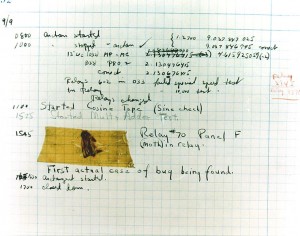I am very happy that the digitization of Browning Love letters has received all the attention that it deserves. Perfect timing and excellent collaboration with Baylor University is making it possible for a large audience to get access to the letters that otherwise required the scholars to visit our Special Collections. I am also thrilled that we have been able to finalize the schedule for the “Liberal Arts Learning in the Digital Age”. I strongly encourage everyone on campus to participate. After all, we are discussing the future of the Library and Technology on campus and we want the community input on these matters.
 The “flattened world” resulting from the internet and the web has clear advantages, but has also brought with it the ability to expose the weaknesses in software technologies. The reason is that the advances in the technologies driving the internet are moving at a pace much faster than software development tools. And it is extremely hard to keep up with. In other words, software developers develop expertise by spending a lot of time learning the tools of the trade in a select few “systems” – be it programming languages, or development platforms. The agility required to move from one to the next in a few months or years is a daunting task. And every time you do it, you are basically starting over. When you start over, you are likely to make mistakes – or introduce “bugs”.
The “flattened world” resulting from the internet and the web has clear advantages, but has also brought with it the ability to expose the weaknesses in software technologies. The reason is that the advances in the technologies driving the internet are moving at a pace much faster than software development tools. And it is extremely hard to keep up with. In other words, software developers develop expertise by spending a lot of time learning the tools of the trade in a select few “systems” – be it programming languages, or development platforms. The agility required to move from one to the next in a few months or years is a daunting task. And every time you do it, you are basically starting over. When you start over, you are likely to make mistakes – or introduce “bugs”.
The term “bug” is traced back to a failure of an early computing machine called Mark II (in 1947) due to a bug that got trapped in an electronic relay. This was carefully saved in a logbook. The image on the left is from Wikimedia Commons (http://en.wikipedia.org/wiki/File:H96566k.jpg) and the actual logbook is preserved in the National Museum of American History. The term “debugging” therefore refers to the act of locating and removing such bugs. However, like everything else in life, the attribution of the term debugging to the story about the bug remains unresolved – apparently it was used by aeronautical engineers in 1945.